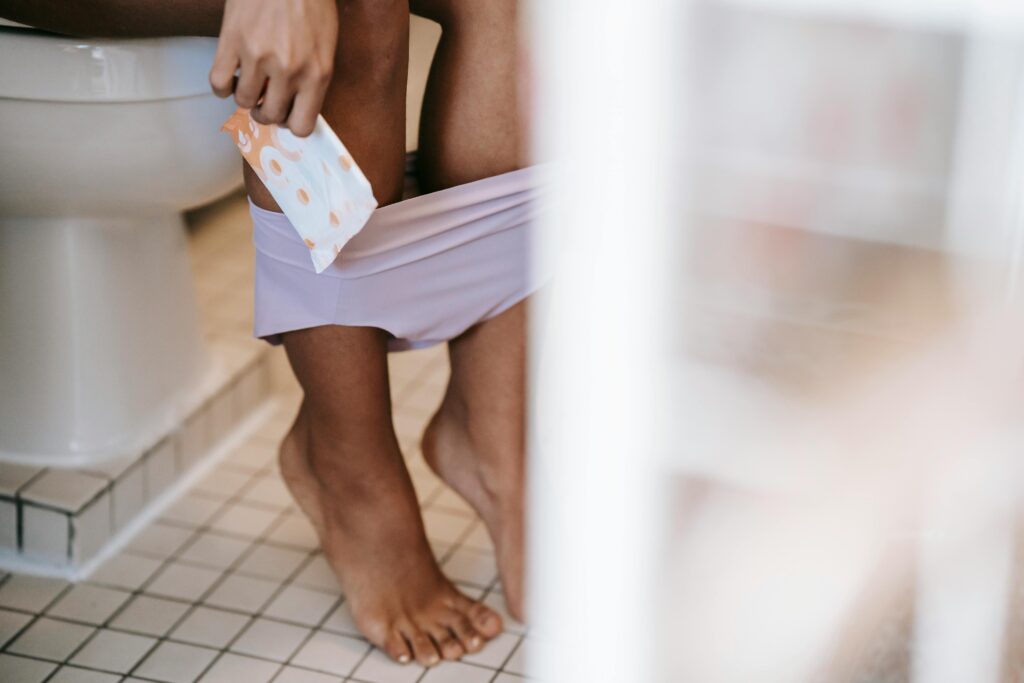Period Pain and PMS: Coping Strategies for Teens
Getting your period is a natural part of growing up, but for many teens, it can also come with some uncomfortable side effects. Cramps, bloating, mood swings, and tiredness are just a few of the challenges that may show up each month. These symptoms are often caused by PMS (Premenstrual Syndrome) and period pain, which are very common—and completely normal.
The good news is there are simple ways to feel better. This article will help you understand what causes these symptoms and how you can manage them with healthy, teen-friendly strategies.
What Is PMS?
PMS (Premenstrual Syndrome) is a group of emotional and physical symptoms that happen in the days or week before your period starts. PMS is caused by hormonal changes in your body and usually goes away a few days after your period begins.
Common PMS symptoms include:
- Mood swings or feeling more emotional
- Feeling tired or having trouble sleeping
- Headaches
- Breast tenderness
- Bloating or weight gain
- Food cravings
Not everyone gets PMS, but if you do, know that you’re not alone—most girls experience it at some point.
What Causes Period Pain?
Period pain (also called menstrual cramps) usually happens during the first few days of your period. It’s caused by the uterus contracting to help push out the lining.
Cramps may feel like:
- A dull ache in your lower belly or back
- Sharp pains that come and go
- Discomfort in your thighs or hips
The pain can be mild for some and more intense for others. If your period pain makes it hard to go to school or do normal activities, talk to a doctor.
Coping Strategies: How to Feel Better
Here are some simple and effective ways to manage period pain and PMS:
1. Use Heat
- Apply a hot water bottle or heating pad to your lower belly or back.
- Take a warm bath or shower to relax your muscles.
2. Get Moving
- Light exercise like walking, stretching, or yoga can help reduce cramps and improve your mood.
- Even a short dance session in your room can help release feel-good hormones.
3. Eat Balanced Meals
- Eat regular, healthy meals with fruits, vegetables, whole grains, and protein.
- Avoid too much salt, sugar, or caffeine—they can make PMS symptoms worse.
4. Drink Water
- Staying hydrated can help reduce bloating and cramps.
- Herbal teas like chamomile or ginger tea can also help soothe your stomach.
5. Get Enough Sleep
- Aim for 8–9 hours of sleep a night. Your body needs rest to deal with hormonal changes.
- Try to keep a regular bedtime, even on weekends.
6. Track Your Cycle
- Keep a journal or use a period-tracking app to note when your symptoms start and how long they last.
- This helps you prepare for your period and understand what’s normal for your body.
7. Try Relaxation Techniques
- Practice deep breathing, meditation, or listening to calming music.
- Doing something you enjoy—like drawing, reading, or spending time with friends—can improve your mood.
8. Use Over-the-Counter Pain Relief (if needed)
- Medications like ibuprofen or paracetamol can help ease cramps.
- Always take medicine under the guidance of a parent or doctor.
When to See a Doctor
Most period pain and PMS are normal, but sometimes they can be signs of something more serious. Talk to a healthcare provider if:
- Your cramps are so painful you can’t go to school or sleep.
- Your periods are very heavy or last longer than a week.
- You feel sad or anxious for long periods.
- Your cycle is very irregular or you miss periods often.
Final Thoughts
It’s okay to feel uncomfortable during your period—but you don’t have to suffer in silence. Understanding what’s happening in your body and using simple strategies to cope can make a big difference. The more you listen to your body and take care of yourself, the more confident and in control you’ll feel each month.
Remember: your period is a natural part of growing up, and learning to manage it is an important step in taking care of your health.
